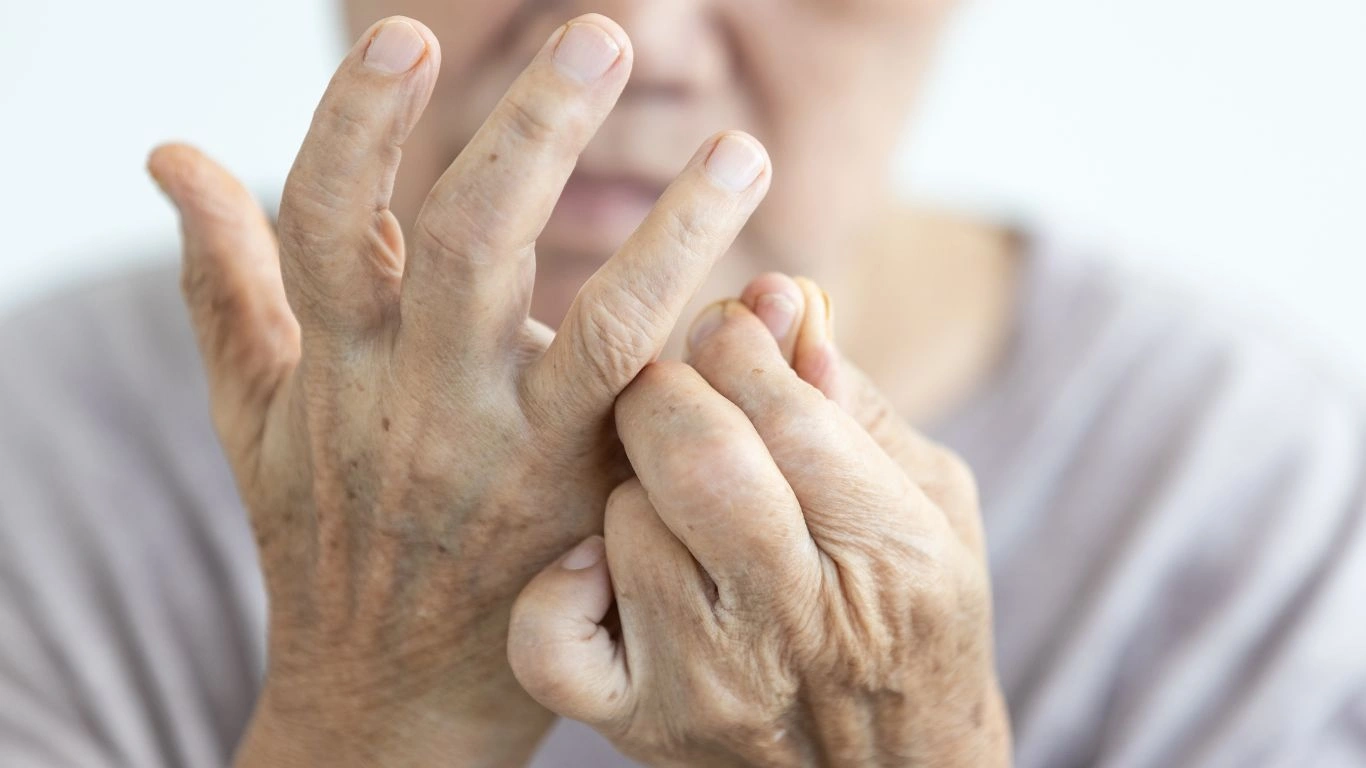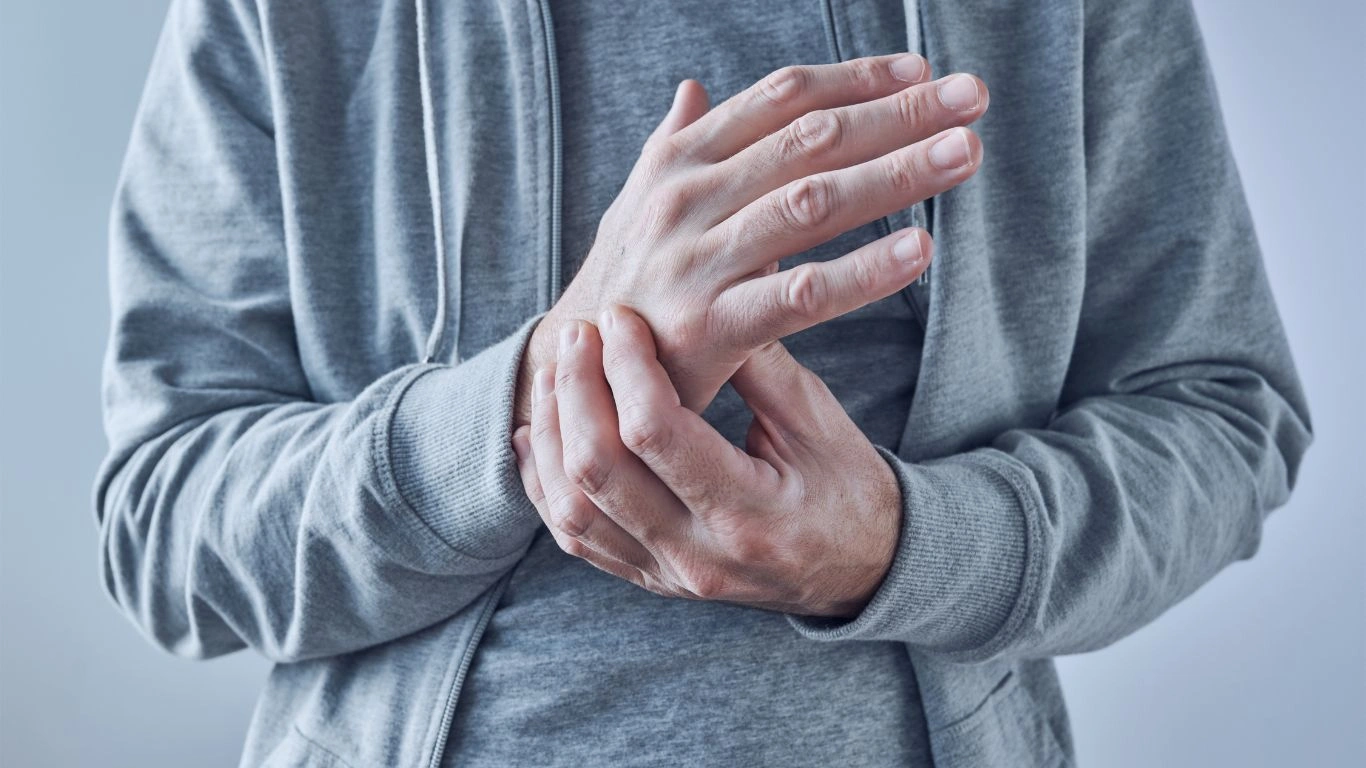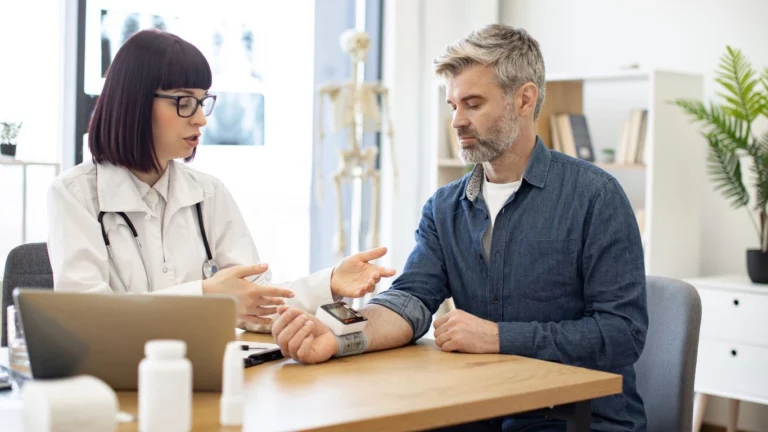How to Improve Joint Mobility with Rheumatoid Arthritis
If you’re dealing with rheumatoid arthritis (RA), you know how tough it can be on your joints. Stiffness, swelling, and that general “everything hurts” feeling can seriously slow you down. But here’s the good news: there are ways to improve your joint mobility, manage the pain, and get back to living life a little more comfortably. Let’s chat about what you can do!
Why Joint Mobility Matters with RA
So first off, why should you even worry about joint mobility? Well, our joints are like the hinges on a door—they help us move, and when they’re stiff or swollen, it’s like that door getting stuck. If you’ve got RA, it’s even harder because the disease targets your immune system, causing inflammation in your joints. This leads to pain, stiffness, and over time, can limit your movement.
Improving joint mobility is all about reducing the stiffness and getting your joints moving freely again. It can help ease the pain, prevent further damage, and even improve your overall quality of life. So, let’s dive into some of the best ways to make that happen!

1. Stay Active—But Smart About It
You might be thinking, “Yeah right, move when I can barely get out of bed?” But hear me out. One of the best ways to improve joint mobility with RA is through regular movement. Now, this doesn’t mean running a marathon or going for a heavy workout at the gym. It’s about gentle exercises that keep your joints moving without stressing them out.
Low-impact exercises like swimming, walking, or cycling are fantastic for people with RA. These activities help you maintain mobility and flexibility without putting too much strain on your joints. The water in swimming, for example, supports your body, reducing pressure on painful joints, and makes it easier to move.
Start slow and listen to your body—no need to overdo it, but aim to stay consistent. Over time, you’ll notice your joints feeling more mobile, and it’ll be easier to get around.

2. Stretching: A Game Changer
You might be surprised by this one, but stretching can do wonders for your joint mobility. And I’m not talking about trying to touch your toes or pull off some crazy yoga poses. It’s more about gentle, targeted stretches that focus on the areas affected by RA.
For example, try stretching your wrists, elbows, and knees. Do these stretches slowly and hold each position for about 20-30 seconds. You don’t need to force anything—just stretch to the point where you feel a gentle pull, not pain. Stretching helps reduce stiffness and improves the range of motion over time.
If you’re unsure where to start, it might help to work with a physical therapist. They can show you some joint-friendly stretches that you can easily add to your routine.
3. Physical Therapy for Joint Mobility
If you want to get really serious about improving your joint mobility with RA, consider physical therapy. A physical therapist (PT) is like a personal coach for your joints. They’ll assess your condition, create a plan tailored to your needs, and guide you through exercises specifically designed to keep your joints moving well.
The cool thing about working with a PT is that they can teach you proper techniques to avoid aggravating your joints. Plus, they can help you strengthen the muscles around the affected joints, which in turn helps improve mobility and reduce pain.
If you’re feeling unsure about jumping into PT, just think of it like investing in yourself. A few sessions can make a huge difference in how you feel day-to-day.

4. Heat and Cold Therapy: Quick Relief
Sometimes, you just need a little relief to get through the day. That’s where heat and cold therapy come in. Both of these methods can help with stiffness and inflammation, allowing your joints to move more freely.
– Heat therapy: Use a warm towel, heating pad, or even soak in a warm bath to help loosen up tight joints. Heat increases blood flow, which can ease stiffness and promote better mobility.
– Cold therapy: Ice packs or cold compresses can reduce inflammation and numb painful areas. This can help you move more comfortably and avoid any further aggravation.
Switching between heat and cold treatments throughout the day can provide lasting relief and help you keep your joints in better working condition.
5. Anti-inflammatory Diet: Fuel Your Body Right
What you put in your body plays a big role in how your joints feel. An anti-inflammatory diet rich in omega-3 fatty acids, antioxidants, and vitamins can help reduce inflammation in the body, including your joints.
Think about including foods like:
- Fatty fish (salmon, sardines, mackerel)
- Leafy greens (spinach, kale)
- Nuts and seeds (walnuts, chia seeds)
- Berries (blueberries, strawberries)
- Olive oil
On the flip side, try to limit processed foods, sugary snacks, and trans fats. These foods can increase inflammation, making your joints feel worse.
Eating right isn’t just about improving joint mobility—it’s about supporting your overall health and helping your body fight inflammation. It can definitely make a difference in how you feel.
6. Medications and Supplements
Of course, medications can also play a big role in managing RA symptoms and improving joint mobility. Nonsteroidal anti-inflammatory drugs (NSAIDs) can help reduce pain and swelling, while disease-modifying antirheumatic drugs (DMARDs) and biologics can slow the progression of RA and protect your joints.
In addition to your prescribed medications, some people find supplements like glucosamine and chondroitin helpful for joint health. Always check with your doctor before adding supplements.
7. Rest and Recovery: Don’t Overdo It
Sometimes, less is more. Rest is just as important as movement when you’re trying to improve joint mobility. Overdoing it can lead to flare-ups, which means more pain and stiffness. Make sure to give your body time to rest and recover, especially after physical activity. Taking breaks, using supportive aids like braces or splints, and getting enough sleep all contribute to keeping your joints in the best shape possible.
Conclusion
Improving joint mobility with rheumatoid arthritis takes time, patience, and a combination of strategies. From gentle exercise and stretching to managing inflammation through diet and medication, every little step counts. And remember, it’s all about balance—movement is key, but so is rest and recovery. If you stick with it and listen to your body, you’ll be able to enjoy better joint mobility and a better quality of life, even with RA.

Appendices
References
- National Institutes of Health (NIH). (2023). Managing Rheumatoid Arthritis: Exercise and Mobility. Read Article
- Smith, A., & Lee, J. (2021). Improving Joint Mobility in RA Patients. Journal of Rheumatology Therapy, 24(3), 232-237.
FAQs
- Can joint mobility be fully restored with RA? While joint mobility may not be fully restored in all cases, with the right strategies (like exercise, stretching, and medication), you can significantly improve your range of motion and reduce pain.
- What types of exercises are best for RA? Low-impact exercises like swimming, walking, and cycling are excellent for RA. These exercises help keep your joints moving without putting too much stress on them.
- How do I know if I’m doing too much and making my RA worse? If you experience increased pain, swelling, or fatigue after exercising, it might be a sign you’re overdoing it. Listen to your body and adjust the intensity or frequency of your activities.
- Should I see a physical therapist for joint mobility with RA? Yes, a physical therapist can guide you in safe exercises that improve joint mobility without causing harm. They’ll tailor your program to your specific needs.
- Are there any supplements that can help with joint mobility? Supplements like glucosamine, chondroitin, and omega-3 fatty acids may help with joint health and reduce inflammation. Always check with your doctor before starting any new supplements.
Disclaimer
The information provided in this article is for general educational purposes only and should not be considered as medical advice. Always consult with a healthcare provider or a physical therapist before starting any new treatments, exercises, or supplements. Individual needs may vary.

Tarra Nugroho is a dedicated Nurse Practitioner with a strong foundation in family and preventive care. She brings both compassion and clinical expertise to her practice, focusing on patient-centered care and health education. As a contributor to Healthusias.com, Tarra translates medical knowledge into clear, empowering articles on topics like women’s health, chronic disease management, and lifestyle medicine. Her mission is simple: help people feel seen, heard, and informed—both in the clinic and through the content she creates. When she’s not caring for patients, Tarra enjoys weekend hikes, plant-based cooking, and curling up with a good health podcast.






